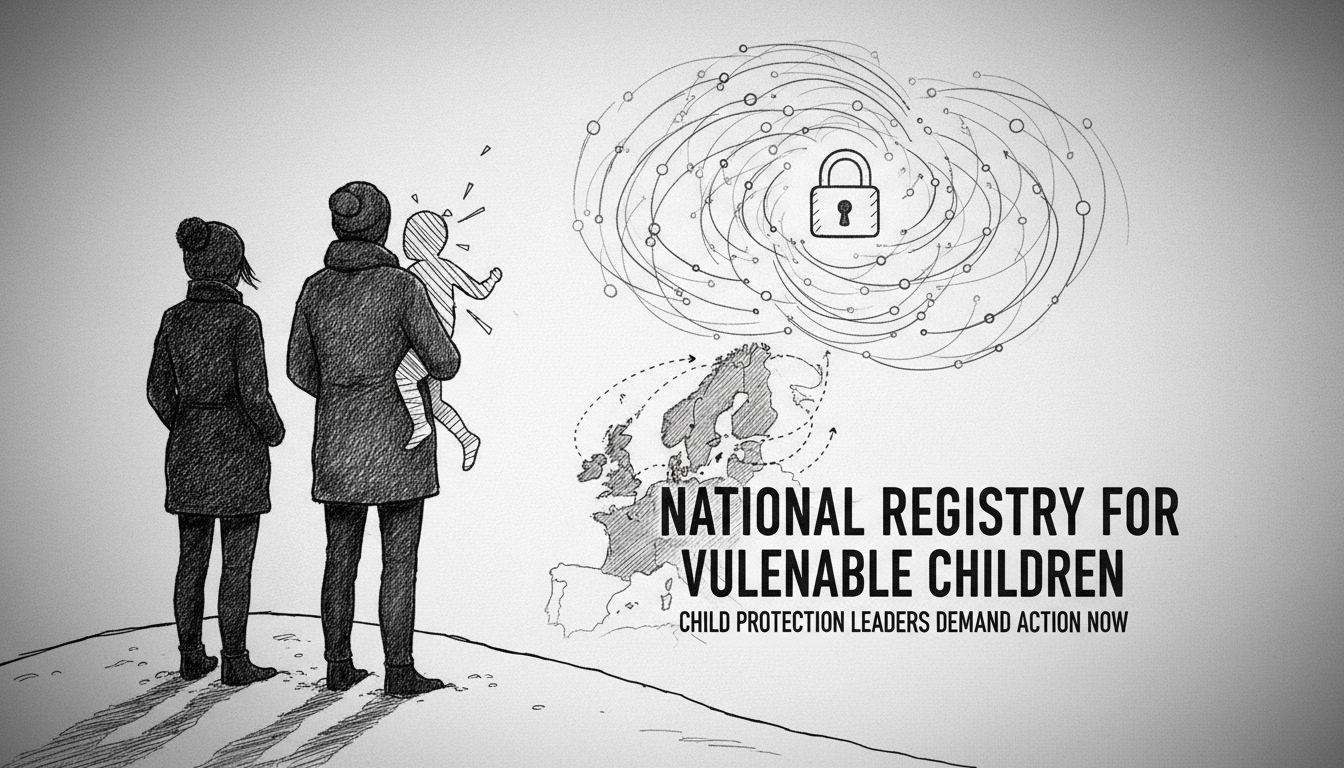Four senior child protection leaders from municipalities in Akershus county are demanding a national registry to track families moving between municipalities. They say the current system fails vulnerable children whose families relocate repeatedly to avoid child protection services.
Heidi Ingebrigtsen Bordi from Ås municipality explains the problem. Some parents find child protection involvement difficult and choose to move. When families arrive in new municipalities, child protection services start with blank records. They cannot see if the family had previous cases elsewhere.
This situation creates serious consequences for affected children. Claus Engen from Frogn municipality describes how repeatedly moving children lose friends, schools, and support networks. The constant disruption has major impacts on their development and wellbeing.
Marianne Irene Bæver from Enebakk municipality illustrates the child's experience. Imagine being ten years old and speaking with your fifth different child protection service. You answer the same questions repeatedly and wonder if anyone believes you or listens to what you say.
The system creates practical challenges for child protection workers. When new municipalities receive concern reports about families, they have three months to conduct investigations. Some families manage to maintain distance during this period by not consenting to information sharing.
Child protection leaders note the contradiction that police and healthcare systems already share information nationally. They question why child protection services, responsible for the most vulnerable children, lack similar capabilities.
The problem has persisted for decades. Bordi recalls discussions about this issue since she began working in child protection in 2002. She observed differences while working in Oslo, where information sharing between city districts worked better than between different municipalities.
Digital technology now offers solutions previously unavailable. Karen Tanum from Vestby municipality emphasizes they have completely different potential than twenty years ago. All documents are digital, creating opportunities for better systems.
The child protection leaders have presented their demand to Family Minister Lene Vågslid. They acknowledge privacy concerns in a shared national system but believe these challenges can be addressed.
Bordi makes a crucial point about privacy protections. Current privacy measures might protect parents more than children. The most vulnerable children consequently don't receive adequate help because information gaps prevent proper intervention.
A national registry would benefit children and parents by eliminating repetitive storytelling. Caseworkers could work with families more effectively with complete information. They could implement support measures faster and provide better assistance.
This situation reflects broader challenges in Norway's decentralized child protection system. Municipal autonomy sometimes conflicts with children's needs for consistent protection. The leaders' demand represents growing recognition that child safety requires coordination beyond municipal boundaries.
The Norwegian child protection system faces international scrutiny while handling complex family situations. Improving information sharing could address criticism while better serving vulnerable children. The ministers response will indicate whether Norway prioritizes modernizing child protection infrastructure.
Child protection workers across Norway likely share these concerns. The four leaders speaking out represent widespread frustration with systemic limitations preventing proper child protection. Their decades of experience lend weight to their demand for systemic change.

